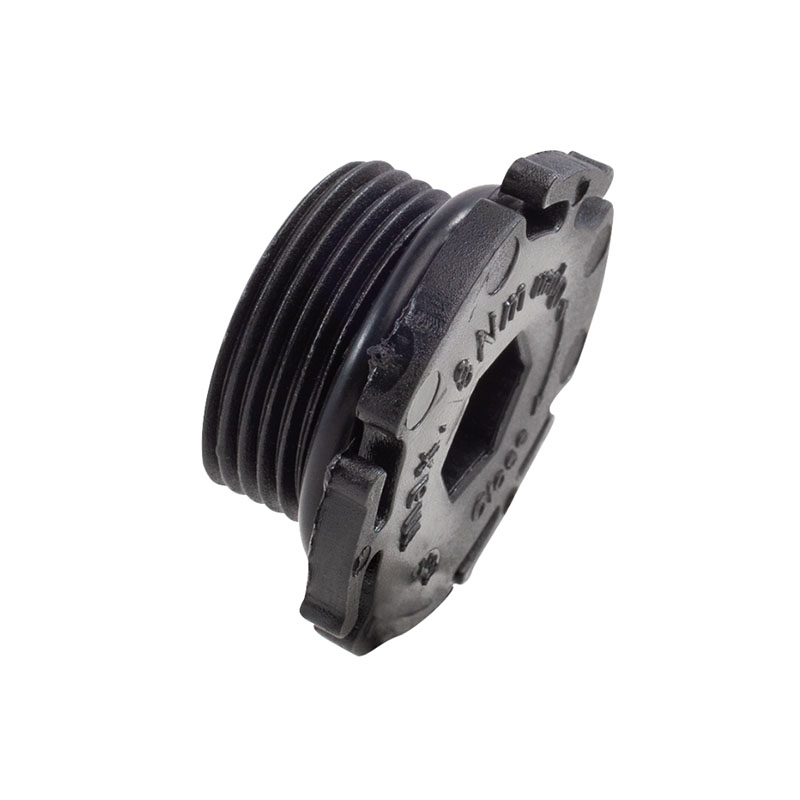Exploring the Front Differential of Polaris Ranger for Enhanced Off-Road Performance
Understanding the Polaris Ranger Front Differential A Comprehensive Guide
The Polaris Ranger is a rugged all-terrain vehicle (ATV) renowned for its ability to tackle challenging terrains and diverse landscapes. Among its various critical components, the front differential plays a pivotal role in the Ranger's overall performance, particularly in enhancing traction and handling capabilities. In this article, we will explore the significance of the front differential in the Polaris Ranger, its operational mechanics, maintenance practices, and common issues to watch for.
What is a Front Differential?
The front differential is a mechanical device that allows the front wheels of an ATV, such as the Polaris Ranger, to rotate at different speeds while ensuring power is distributed evenly from the engine. It is particularly important when navigating turns or uneven surfaces, as it prevents tire scrubbing and potential damage, ensuring a smoother ride and improved handling.
The Importance of the Front Differential in the Polaris Ranger
1. Enhanced Traction The front differential allows for better traction by distributing power to the wheels that need it most. This function is especially crucial when driving on slippery or uneven terrain, where one wheel may have more grip than the other.
2. Improved Maneuverability By allowing the front wheels to rotate at different speeds, the differential improves the Ranger's ability to navigate turns effectively. This capability is essential for maintaining control and stability in various driving conditions.
3. Reduced Tire Wear Without a properly functioning differential, tires may wear unevenly due to scrubbing during turns. The front differential minimizes this issue, leading to longer tire life and better performance over time.
How the Front Differential Works
The front differential consists of several key components, including the ring gear, pinion gear, and spider gears. When the Ranger accelerates, power from the engine is transmitted through the driveshaft to the front differential. The ring gear engages the pinion gear, allowing the spider gears to facilitate the differential action. This interaction enables the wheels to turn at varying speeds, particularly useful when cornering.
Most Polaris Rangers come equipped with either an open differential or a limited-slip differential. An open differential permits unrestricted wheel rotation, while a limited-slip differential helps transfer power to the wheel with better traction, providing an additional layer of control in challenging driving conditions.
polaris ranger front differential

Maintenance of the Front Differential
To ensure optimal performance and longevity of the front differential, regular maintenance is essential. Here are some best practices
1. Check Fluid Levels It is crucial to maintain the correct differential fluid level, as it lubricates and cools the internal components. Regularly inspect the fluid levels and change them according to the manufacturer’s recommendations.
2. Inspect for Leaks Fluid leaks can severely impair the differential's functionality. Regularly inspect the differential housing and seals for any signs of leakage, and address any issues promptly.
3. Listen for Noises Unusual noises, such as grinding or whining, can indicate problems within the differential. If you hear such sounds, it's advisable to have the differential inspected by a professional.
4. Follow Service Intervals Keeping up with routine service intervals, as prescribed in the owner’s manual, will help prevent unexpected failures and ensure that the front differential operates efficiently.
Common Issues
While the front differential in the Polaris Ranger is designed for durability, various issues can arise. Common problems include
- Worn or Damaged Gears Over time, the gears can wear down due to heavy usage or lack of maintenance, leading to decreased performance or failures. - Seal Failures Damaged seals can lead to fluid leaks, compromising lubrication and cooling. - Clutch Wear in Limited-Slip Differentials If your Ranger has a limited-slip differential, the clutch packs may wear out over time, reducing their effectiveness.
Conclusion
The front differential is an invaluable component of the Polaris Ranger, enhancing its performance, traction, and durability. By understanding its functionality, conducting regular maintenance, and addressing any issues promptly, users can ensure their Ranger remains a reliable companion for all their off-road adventures. With proper care, your Polaris Ranger will continue to conquer the trails for years to come.
-
Understanding Automotive Oil Seals: Essential Components for Engine and Shaft Protection
News Jul.30,2025
-
The Importance of Heavy Duty Seals in Industrial and Residential Applications
News Jul.30,2025
-
Exploring Industrial Oil Seals: From Felt Oil Seals to TTO and CFW Solutions
News Jul.30,2025
-
Essential Guide to Oil Seals: From Radial to Metal-Cased Seals for Industrial Reliability
News Jul.30,2025
-
Choosing the Right Oil Seals and Gaskets for Industrial and Automotive Applications
News Jul.30,2025
-
Cassette Seals: Durable Sealing Solutions for Harsh Environments
News Jul.30,2025
-
Understanding the Front Main Engine Seal: Purpose, Maintenance, and Installation
News Jul.29,2025
Products categories















